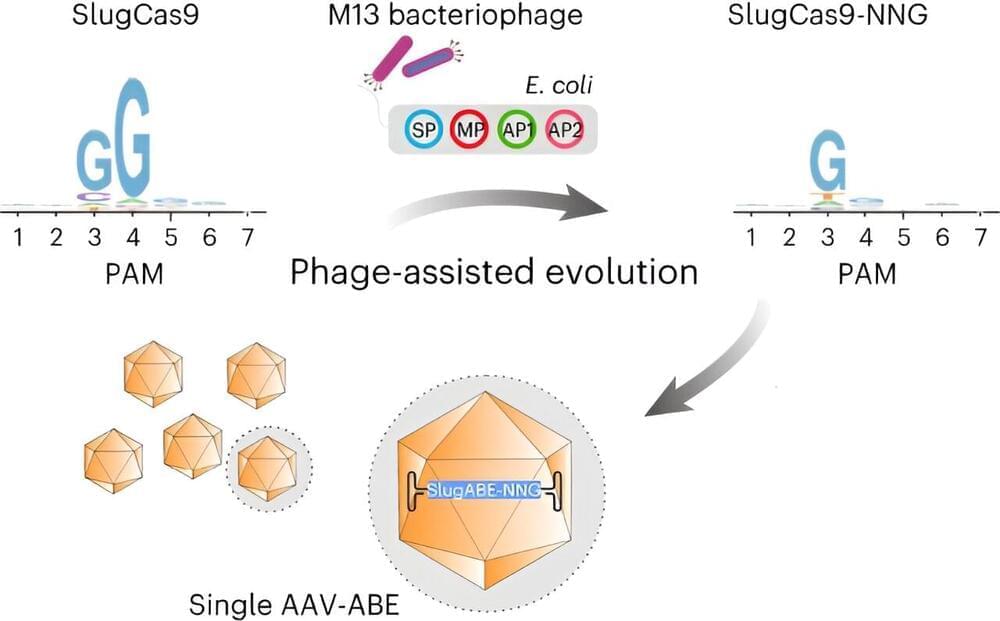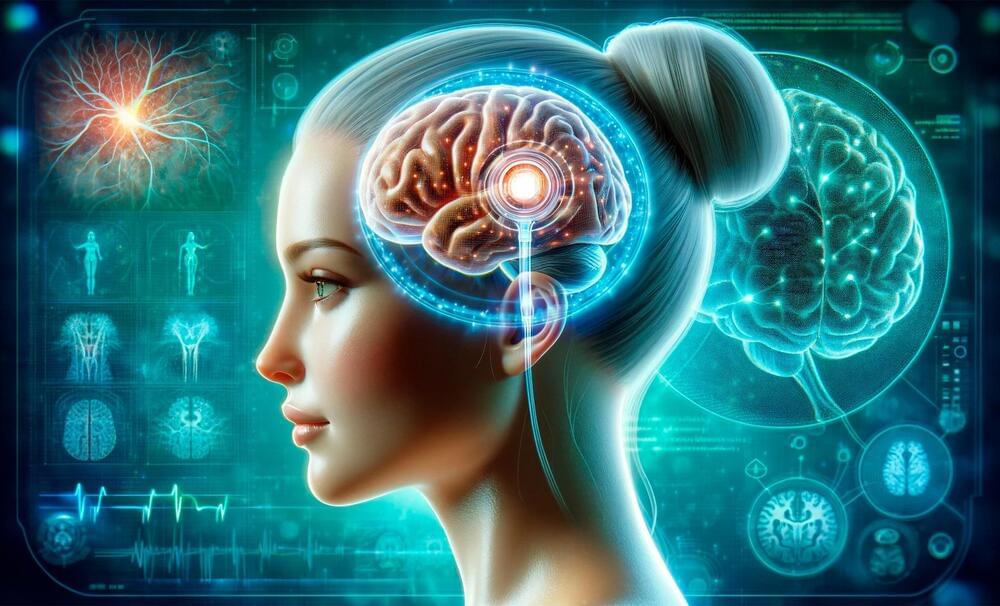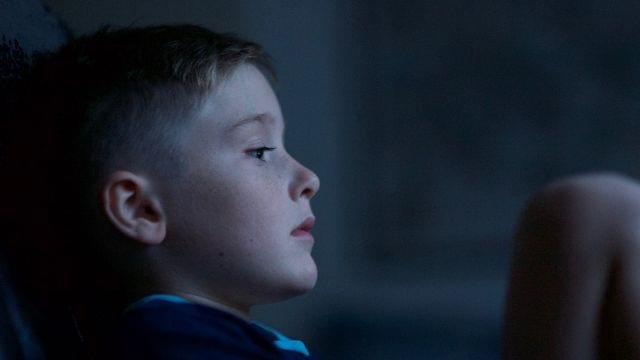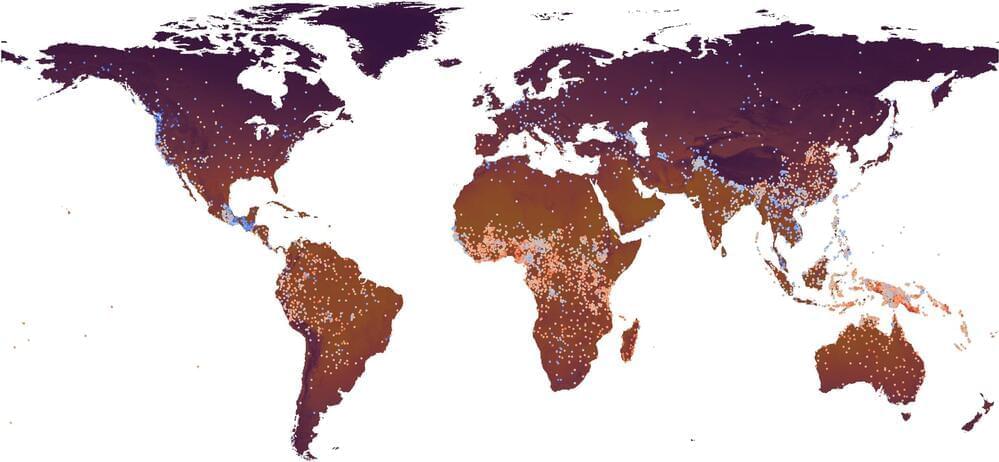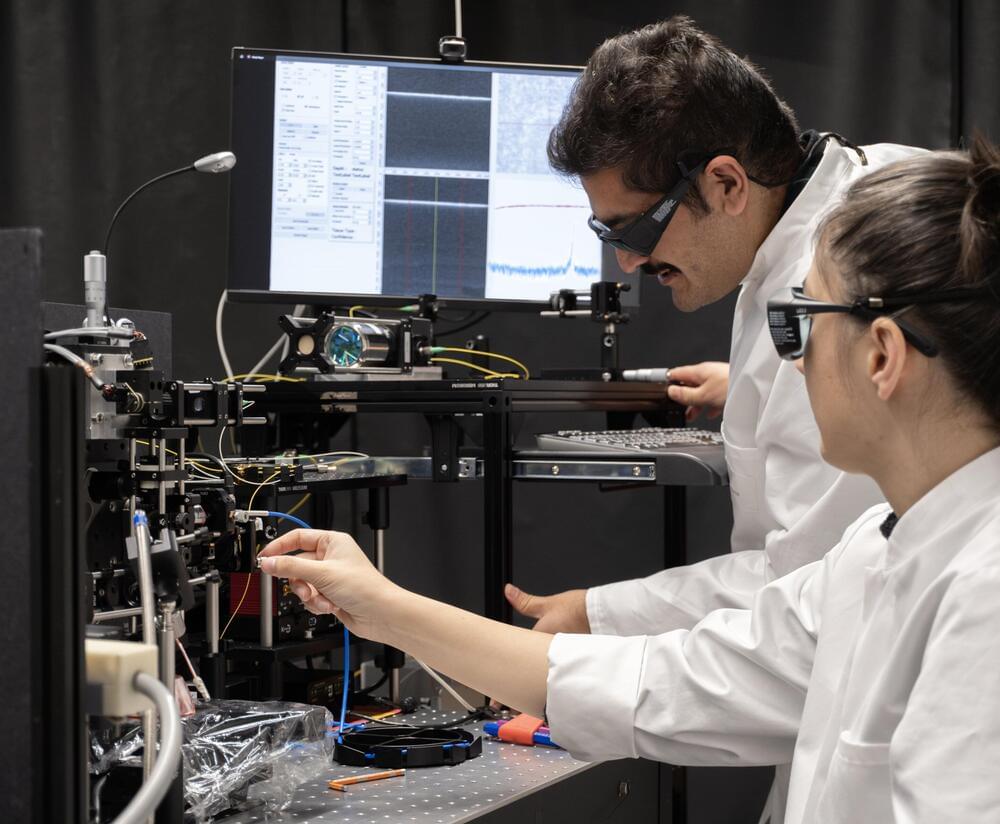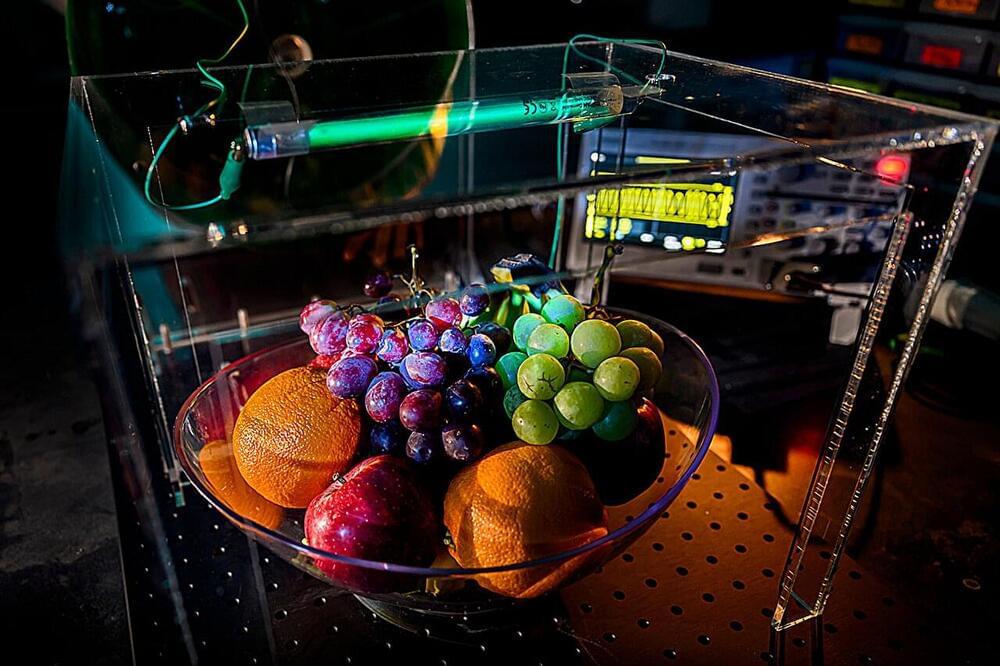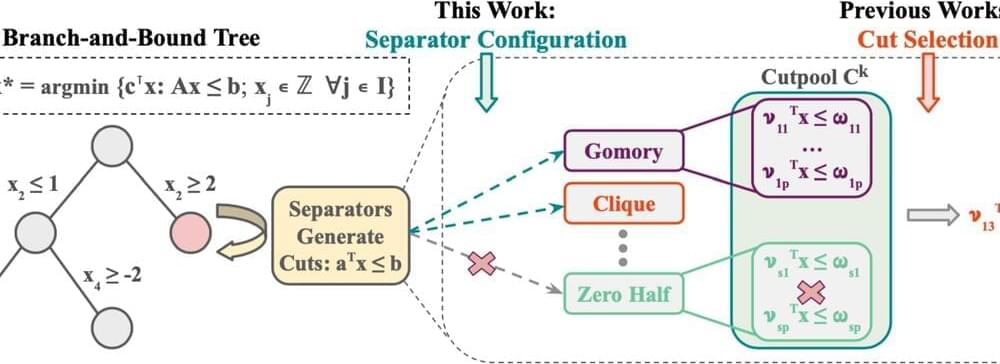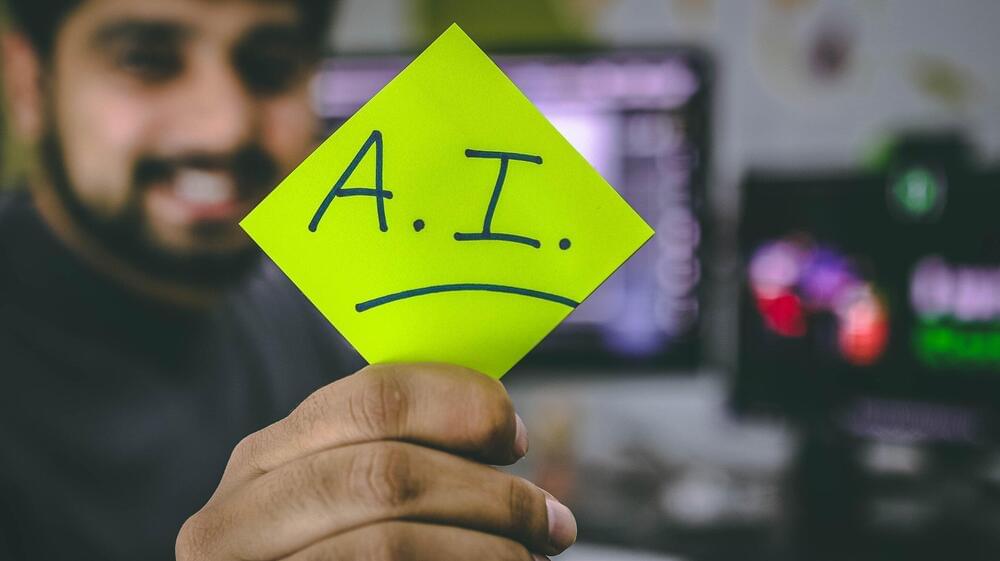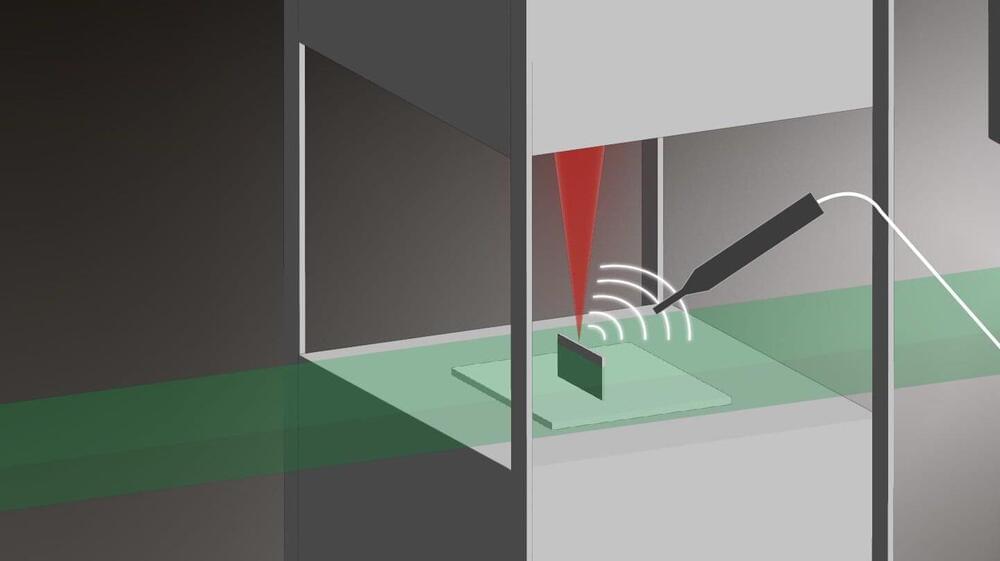A team of engineers at Duke University have developed a method to broaden the reach of CRISPR technologies. While the original CRISPR system could only target 12.5% of the human genome, the new method expands access to nearly every gene to potentially target and treat a broader range of diseases through genome engineering.
The research involved collaborators at Harvard University, Massachusetts Institute of Technology, University of Massachusetts Medical School, University of Zurich and McMaster University.
This work was published on October 4 in the journal Nature Communications.
